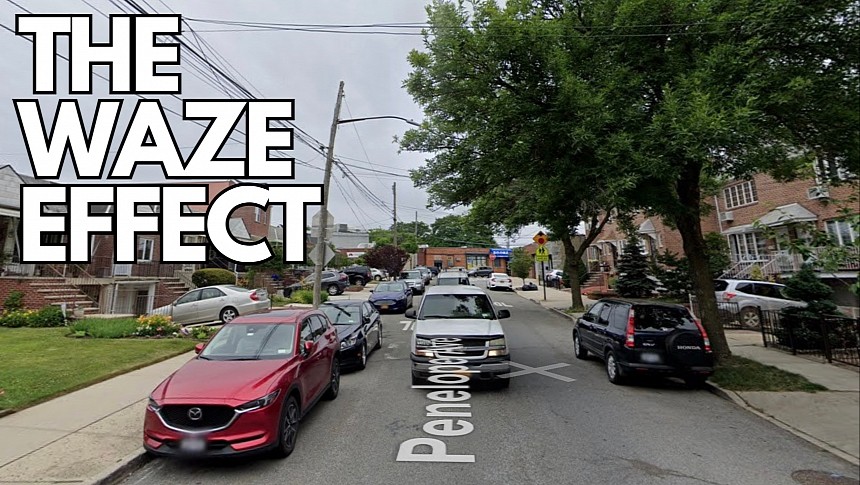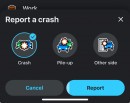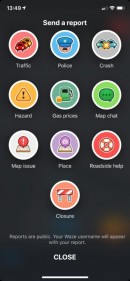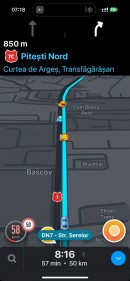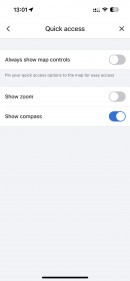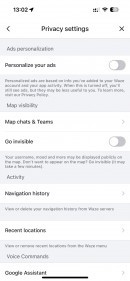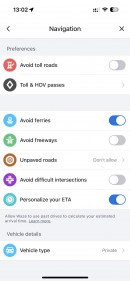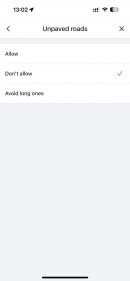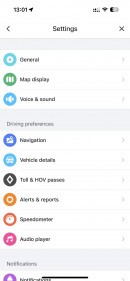Waze is often a Godsend, helping drivers find a faster route to their destinations by looking at live traffic conditions. However, it's not always just milk and honey in the Waze world, as the downside is that the application sometimes sends traffic on small residential roads which serve as shortcuts to drivers' destinations.
It's what happens in Queens, where Waze keeps sending cars on the two-way Penelope Avenue as an alternative to the busy Juniper Valley Boulevard and Metropolitan Avenue.
Waze's purpose is to find faster routes to destinations, so the application scans all nearby roads to check for traffic conditions. If it finds a route with lighter traffic, it configures navigation to include the road, without taking into account factors like how narrow a street is and whether it's a residential road. As long as it's open to public traffic, a street is included in the Waze database and can be used for navigation.
Middle Village residents say Waze have been sending hordes of cars to the narrow Penelope Avenue, which is typically filled with parked cars in front of family homes.
They petitioned local authorities to ask for a change which they believe could make a huge impact in the long term: change Penelope Avenue to a one-way road with traffic directed westbound towards Penelope Avenue.
Authorities have already forwarded the request to the DOT, asking for Penelope Avenue to become a one-way street. In addition, they also want Waze to check the routing engine and no longer send heavy traffic to the road. The Google-owned company has yet to issue a statement.
Applications like Waze, Google Maps, and Apple Maps have often been criticized for sending traffic down small residential roads where kids might play on the street and residents park their cars on both sides. Motorists typically follow the suggested routes to arrive at their destinations faster.
Navigation apps have become must-have driving companions worldwide, with drivers often taking everything they say for granted. It's how some of them end up in life-threatening situations, away from paved roads and in the middle of nowhere. Not long ago, a dozen vehicles left the interstate to drive through the Nevada desert based on an alternative route suggested by Google Maps.
The drivers eventually decided to turn back to the interstate when they noticed the road wasn't going anywhere, with some of the vehicles suffering damage that requesting towing. Google Maps promptly corrected the route by removing the road from its routing engine, so it's now telling people to use the interstate without suggesting the desert road as an alternative.
Middle Village residents hope Waze will hear their call for auction, and the company will stop sending traffic down Penelope Avenue before the DOT converts it to a one-way road.
Waze's purpose is to find faster routes to destinations, so the application scans all nearby roads to check for traffic conditions. If it finds a route with lighter traffic, it configures navigation to include the road, without taking into account factors like how narrow a street is and whether it's a residential road. As long as it's open to public traffic, a street is included in the Waze database and can be used for navigation.
Middle Village residents say Waze have been sending hordes of cars to the narrow Penelope Avenue, which is typically filled with parked cars in front of family homes.
They petitioned local authorities to ask for a change which they believe could make a huge impact in the long term: change Penelope Avenue to a one-way road with traffic directed westbound towards Penelope Avenue.
Authorities have already forwarded the request to the DOT, asking for Penelope Avenue to become a one-way street. In addition, they also want Waze to check the routing engine and no longer send heavy traffic to the road. The Google-owned company has yet to issue a statement.
Applications like Waze, Google Maps, and Apple Maps have often been criticized for sending traffic down small residential roads where kids might play on the street and residents park their cars on both sides. Motorists typically follow the suggested routes to arrive at their destinations faster.
Navigation apps have become must-have driving companions worldwide, with drivers often taking everything they say for granted. It's how some of them end up in life-threatening situations, away from paved roads and in the middle of nowhere. Not long ago, a dozen vehicles left the interstate to drive through the Nevada desert based on an alternative route suggested by Google Maps.
The drivers eventually decided to turn back to the interstate when they noticed the road wasn't going anywhere, with some of the vehicles suffering damage that requesting towing. Google Maps promptly corrected the route by removing the road from its routing engine, so it's now telling people to use the interstate without suggesting the desert road as an alternative.
Middle Village residents hope Waze will hear their call for auction, and the company will stop sending traffic down Penelope Avenue before the DOT converts it to a one-way road.
